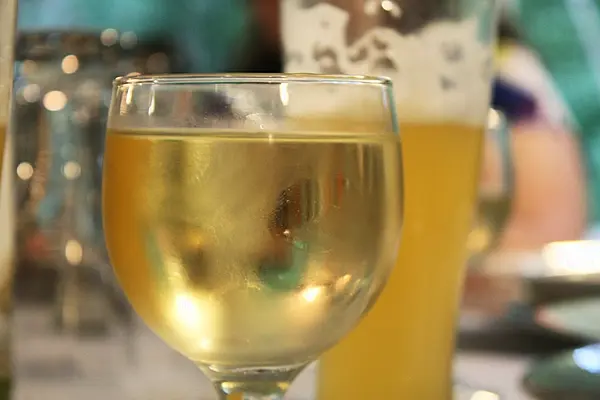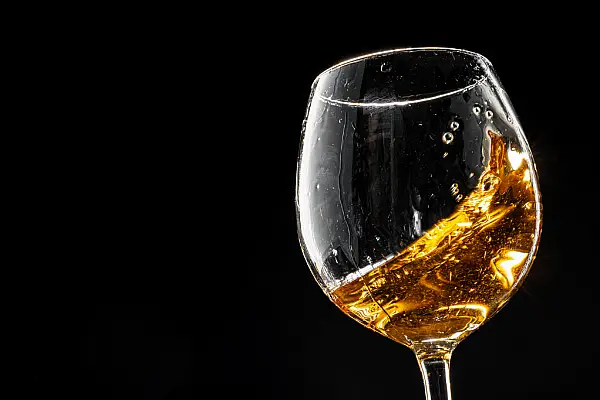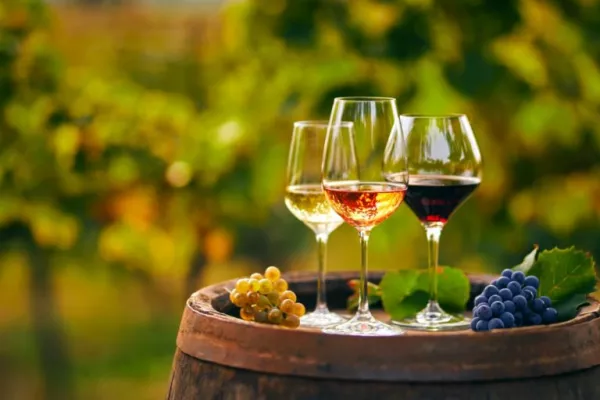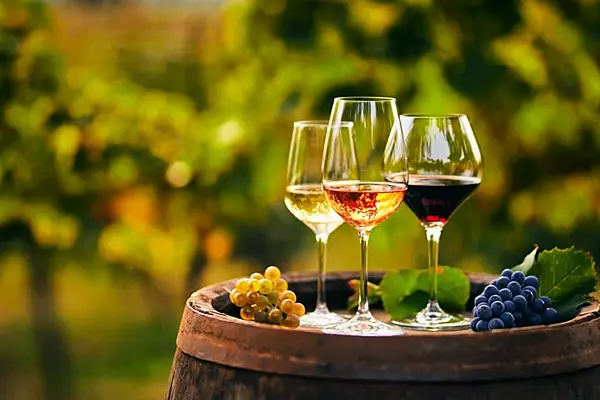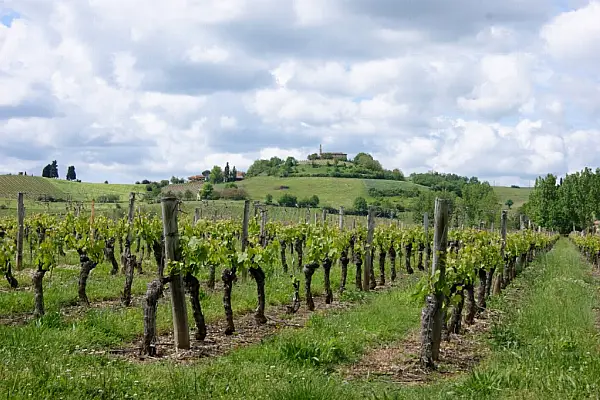“It takes a lot of beer to make great wine.”
Or so the old winemaking chestnut goes. These days, the inverse is becoming true, with wine making inroads into beer recipes themselves. (As adjuncts go, wine grapes are less strange than Lucky Charms, lobster, and actual paper money.)
“The profile of the beer will usually be tailored to match the qualities of the [grape varieties] involved,” says Brian Strumke, who founded Stillwater Artisanal Ales in 2010 with a mission to brew beer unique enough to compete with wine at the dinner table. “The mash bill, yeast strains, whether we oak-age or dry-hop—it’s all dependent upon the things we’re combining.”
For Stillwater a pinot noir beer was the perfect candidate for oak-aging, while riesling and sauvignon blanc beers ended up getting dry-hopped. (As for which wine Strumke likes on its own? “Anything bubbly, almost always something with skin contact, and the less filtered the better.”)
These beer-wine hybrids often start with a saison farmhouse or sour ale as a base recipe—something that already has a bit of heft to stand up to those grapes. Sometimes the beer is co-fermented with them at the outset; other times it’ll get racked onto the fruit for extended fermentation and aging. The results are wildly unique, sometimes odd, and usually a delicious blurring of the lines.
Seek out the following bottles for your next cheese board situation.
Stillwater — Oude Bae (6.5% ABV)
A particularly successful Stillwater hybrid, Oude Bae is a sour amber ale aged on French oak with pinot noir grapes. Nicely tart and beautifully vinous, first sips reveal an appealing funk and richness atop a drinkable, tangy body. This one now comes in cans, making it the perfect grab for your next picnic.
Cantillon — Saint Lamvinus (5% ABV)
Brasserie Cantillon produces what’s likely the most sought-after traditional Belgian lambic out there, but its Saint Lamvinus has a cult following all its own. (Beer nerds often insist a great lambic’s aging ability is akin to that of fine wine, so infusion with grapes is only logical.) Here, a blend of lambics are barrel-aged for more than a year with merlot grapes. It pours a brilliant burgundy hue, yielding intense fruit on the nose and oak on the palate.
Mikkeller — Riesling People (6.7% ABV)
Here’s probably the most accessible beer-wine hybrid available right now: a new IPA brewed with riesling juice from Danish gypsy-brewing global power Mikkeller (soon opening its first New York brewpub at Citi Field—marking its 32nd location worldwide). This hoppy brew starts tropical-fruity and finishes with a sweet blast of grape.
Holy Mountain — Sacrament (8.5% ABV)
Seattle’s Holy Mountain produces some of the most reliably worthwhile farmhouse brews in the country. With Sacrament, it’s begun a foray into aging beer in oak on wine grapes. The first batch is a wheat-based ale aged and fermented on Carménère grapes and skins from the Walla Walla Valley. The result has a fruity wine nose that’s balanced by a tart, tannic astringency once you start tasting.
Jester King — Bière de Blanc du Bois (6.7% ABV)
Bucolic Texas farmhouse Jester King’s recent output has been particularly grape-heavy, with beers utilizing merlot, sangiovese, and syrah varietals among others. Bière de Blanc du Bois is an especially acclaimed example. This barrel-aged sour is refermented with Texas-grown blanc du bois grapes after maturation. White wine complexity meets a fruity and woody tart backdrop.
TRVE — Ecate (5.5% ABV)
Rustic metal heads TRVE can always be counted on to churn out something worth tracking down, and Ecate is no exception. A golden sour aged on cabernet sauvignon pomace (the pulpy solid remnants of fruit after pressing for wine), this resourceful brew makes something beautiful out of what’s essentially a leftover. Citric, dry, and terrifically fizzy.
Upright — Oregon Native (8% ABV)
Anyone who’s had a chance to try beer from the Pacific Northwest’s jewel Upright knows the singular, jazzy pleasure its creations elicit. Oregon Native is one such truly brilliant offering. Barrel-fermented in collaboration with Patton Valley Vineyard, it uses pinot noir grapes and indigenous wine yeasts: Think the beautiful red fruit aroma typical of pinot, with a musty wood periphery. (Under its Sole Composition series, Upright has even released a version sans carbonation, which enhances the winy qualities of this hybrid gem.)
Article by Bloomberg, edited by Hospitality Ireland
